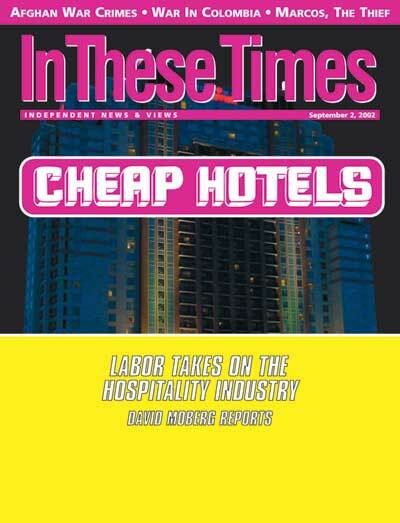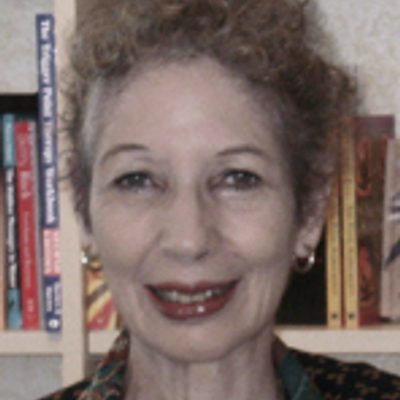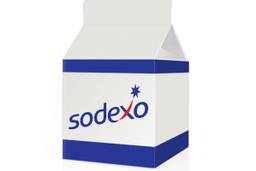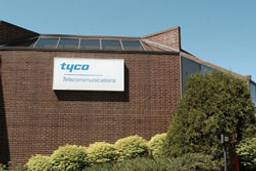Koller’s documents, which show that KPMG-Fides and Limag AG employees transferred funds that should have been frozen, support the Phillipine government’s assertions that the Swiss government and banks are lying when they consistently deny that additional accounts exist.
Ruben Carranza of the Philippine Presidential Commission on Good Government (PCGG) already has documents indicating the Credit Suisse transfers—an operation that Marcos agent Michael de Guzman nicknamed “Big Bird”—and others after March 1986.
The transfers had been discussed in a July 1986 affidavit by de Guzman, an Austrian banker who had been hired by the Marcoses to move their money from Switzerland. De Guzman said that on March 24, 1986, he met in Zurich with Ernest Scheller, a high-ranking Credit Suisse executive, who told him that funds and assets had already been transferred.
De Guzman also said Gustave Adolphe Rychner, a senior Fides official, told him the day after the freeze that the funds had been transferred to “ensure that neither the Philippine government nor the Swiss authorities would be successful in the sequestration of the Marcos deposits and investments” and that “the foundations and the account names have already been changed.”
Philippine authorities also have a document, signed by Ferdinand and Imelda Marcos, which orders the trustees of the Winthrop Foundation in Liechtenstein to send assets to be liquidated to a Fides account, “attn. Mr. Rychner.” An attached page holds the signatures of both Rychner and Walter Fessler, manager of Credit Suisse. The Philippines found the documents at the Presidential Palace after Marcos fled.
The Philippines asked the Swiss to question Rychner, Scheller and Fessler, who was also the Philippines’ honorary consul. However, Peter Cosandey, the Zurich district attorney, who for 12 years ran Switzerland’s inquiry into the Marcos money, never did. Neither did he inquire into the role of Limag AG.
Carranza, who joined the money hunt years later, says he asked Cosandey about the midnight transfer, but the Swiss district attorney never replied. But, Carranza says, “We have documents showing transfers after the freeze, as late as April.” He counts 86 transfers after the March 24 freeze, mostly done by Credit Suisse.
After the Swiss Banking Commission ordered the freeze, the banks appealed against release of documents connected to the Marcos accounts. Five years later the Swiss Supreme Court ruled that the papers could be sent to the Philippines. Then, after the banks provided documents to the Swiss government, Cosandey waited nine months to pass them on.
When the papers finally arrived in 1991, the Manila government discovered that the only accounts frozen were those for which it had initially supplied documents discovered at the Presidential Palace. Later, after having held on to the funds for years, Swiss banks moved the money to Manila in time to avoid falling under pending Swiss legislation that would have permitted a transfer without restrictions—allowing the Philippine government to get the money. Instead, they sent the money under the condition it remain frozen and could be unfrozen only by the Swiss court.
The conflicting claims have yet to be settled, and the $250 million deposited in the Philippine National Bank has now grown to $650 million.
Cosandey was widely assumed to be taking his cues from the Swiss government. In 1995, he urged the Philippines to hire attorney Martin Kurer, who it turned out had been attorney of the Swiss branch of the Security Bank and Trust Corporation of Manila, owned by a Marcos crony. In 1998, Cosandey announced that after a dozen years of searching, he’d found no more Marcos accounts. Soon after, he resigned as Zurich district attorney and, claiming his reward, became a partner and director of Forensic and Litigation Services at KPMG Switzerland.
The Philippines is still trying to get the bank documents of six Swiss banks that admitted administering Marcos deposits, as well as the documents of Marcos foundation accounts in five other banks. It has been a long, grueling process. “Some of the cases I am looking at now as commissioner are cases I read in my first year of law school at the University of the Philippines in 1987,” Carranza says. “I never thought I would have to work on these cases 16 years later.”
Carranza remains driven by a personal stake in the outcome of the cases against Marcos. “In 1984, when I was 19 years old, I was detained by the Philippine military under Marcos and charged with inciting to sedition,” he says. “I was released a few days later due to the intercession of religious leaders.”
And he’s not alone: Among those who would like to see the accounts recovered are more than 9,500 claimants in a human rights class-action suit who won a $2 billion award from a Hawaii court against the Marcos estate in 1995. They have yet to see any money.
Ruben Carranza of the Philippine Presidential Commission on Good Government (PCGG) already has documents indicating the Credit Suisse transfers—an operation that Marcos agent Michael de Guzman nicknamed “Big Bird”—and others after March 1986.
The transfers had been discussed in a July 1986 affidavit by de Guzman, an Austrian banker who had been hired by the Marcoses to move their money from Switzerland. De Guzman said that on March 24, 1986, he met in Zurich with Ernest Scheller, a high-ranking Credit Suisse executive, who told him that funds and assets had already been transferred.
De Guzman also said Gustave Adolphe Rychner, a senior Fides official, told him the day after the freeze that the funds had been transferred to “ensure that neither the Philippine government nor the Swiss authorities would be successful in the sequestration of the Marcos deposits and investments” and that “the foundations and the account names have already been changed.”
Philippine authorities also have a document, signed by Ferdinand and Imelda Marcos, which orders the trustees of the Winthrop Foundation in Liechtenstein to send assets to be liquidated to a Fides account, “attn. Mr. Rychner.” An attached page holds the signatures of both Rychner and Walter Fessler, manager of Credit Suisse. The Philippines found the documents at the Presidential Palace after Marcos fled.
The Philippines asked the Swiss to question Rychner, Scheller and Fessler, who was also the Philippines’ honorary consul. However, Peter Cosandey, the Zurich district attorney, who for 12 years ran Switzerland’s inquiry into the Marcos money, never did. Neither did he inquire into the role of Limag AG.
Carranza, who joined the money hunt years later, says he asked Cosandey about the midnight transfer, but the Swiss district attorney never replied. But, Carranza says, “We have documents showing transfers after the freeze, as late as April.” He counts 86 transfers after the March 24 freeze, mostly done by Credit Suisse.
After the Swiss Banking Commission ordered the freeze, the banks appealed against release of documents connected to the Marcos accounts. Five years later the Swiss Supreme Court ruled that the papers could be sent to the Philippines. Then, after the banks provided documents to the Swiss government, Cosandey waited nine months to pass them on.
When the papers finally arrived in 1991, the Manila government discovered that the only accounts frozen were those for which it had initially supplied documents discovered at the Presidential Palace. Later, after having held on to the funds for years, Swiss banks moved the money to Manila in time to avoid falling under pending Swiss legislation that would have permitted a transfer without restrictions—allowing the Philippine government to get the money. Instead, they sent the money under the condition it remain frozen and could be unfrozen only by the Swiss court.
The conflicting claims have yet to be settled, and the $250 million deposited in the Philippine National Bank has now grown to $650 million.
Cosandey was widely assumed to be taking his cues from the Swiss government. In 1995, he urged the Philippines to hire attorney Martin Kurer, who it turned out had been attorney of the Swiss branch of the Security Bank and Trust Corporation of Manila, owned by a Marcos crony. In 1998, Cosandey announced that after a dozen years of searching, he’d found no more Marcos accounts. Soon after, he resigned as Zurich district attorney and, claiming his reward, became a partner and director of Forensic and Litigation Services at KPMG Switzerland.
The Philippines is still trying to get the bank documents of six Swiss banks that admitted administering Marcos deposits, as well as the documents of Marcos foundation accounts in five other banks. It has been a long, grueling process. “Some of the cases I am looking at now as commissioner are cases I read in my first year of law school at the University of the Philippines in 1987,” Carranza says. “I never thought I would have to work on these cases 16 years later.”
Carranza remains driven by a personal stake in the outcome of the cases against Marcos. “In 1984, when I was 19 years old, I was detained by the Philippine military under Marcos and charged with inciting to sedition,” he says. “I was released a few days later due to the intercession of religious leaders.”
And he’s not alone: Among those who would like to see the accounts recovered are more than 9,500 claimants in a human rights class-action suit who won a $2 billion award from a Hawaii court against the Marcos estate in 1995. They have yet to see any money.
Lucy Komisar is an investigative journalist who specializes in uncovering corporate misconduct. She deals frequently with offshore banks and corporate secrecy and their links to corporate crime; tax evasion by the rich and powerful; empowerment of dictators and oligarchs; bribery and corruption; pay-to-play politics; drug, arms and people trafficking; and terrorism. Her articles are archived at thekomisarscoop.com.








